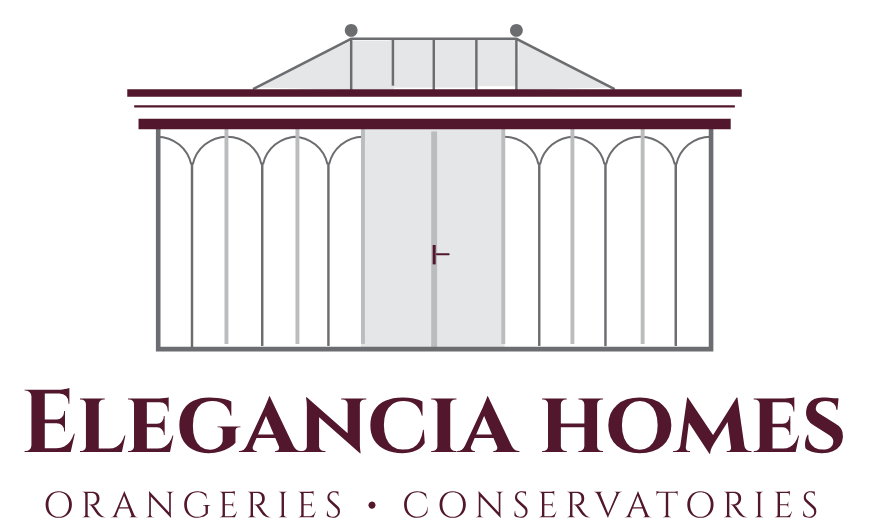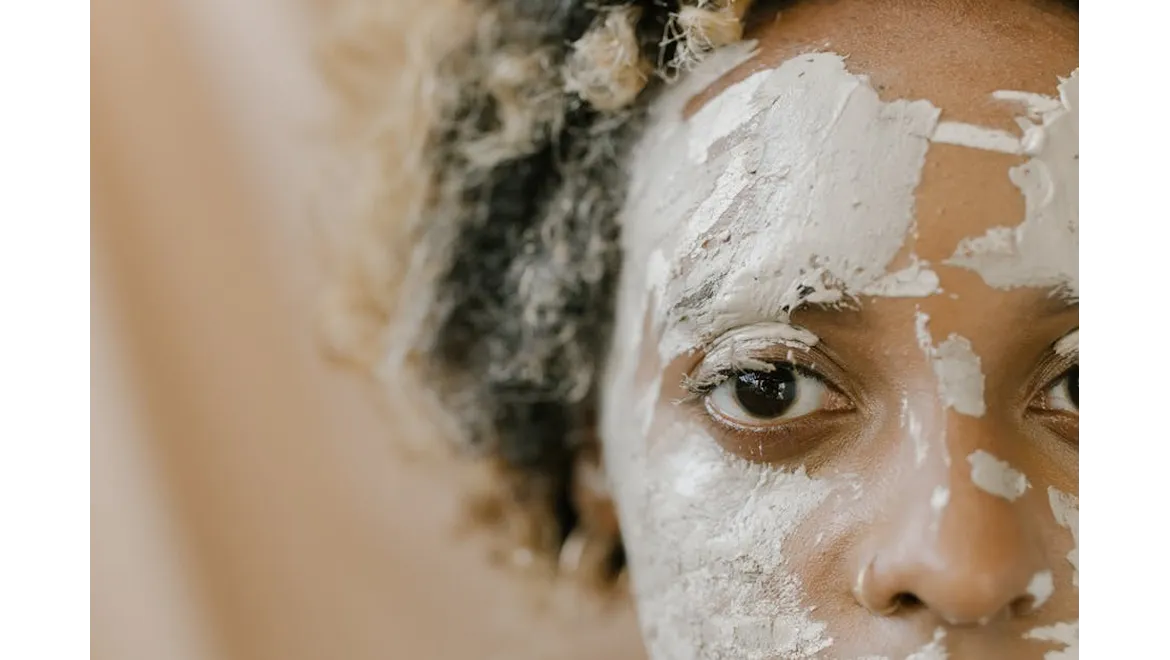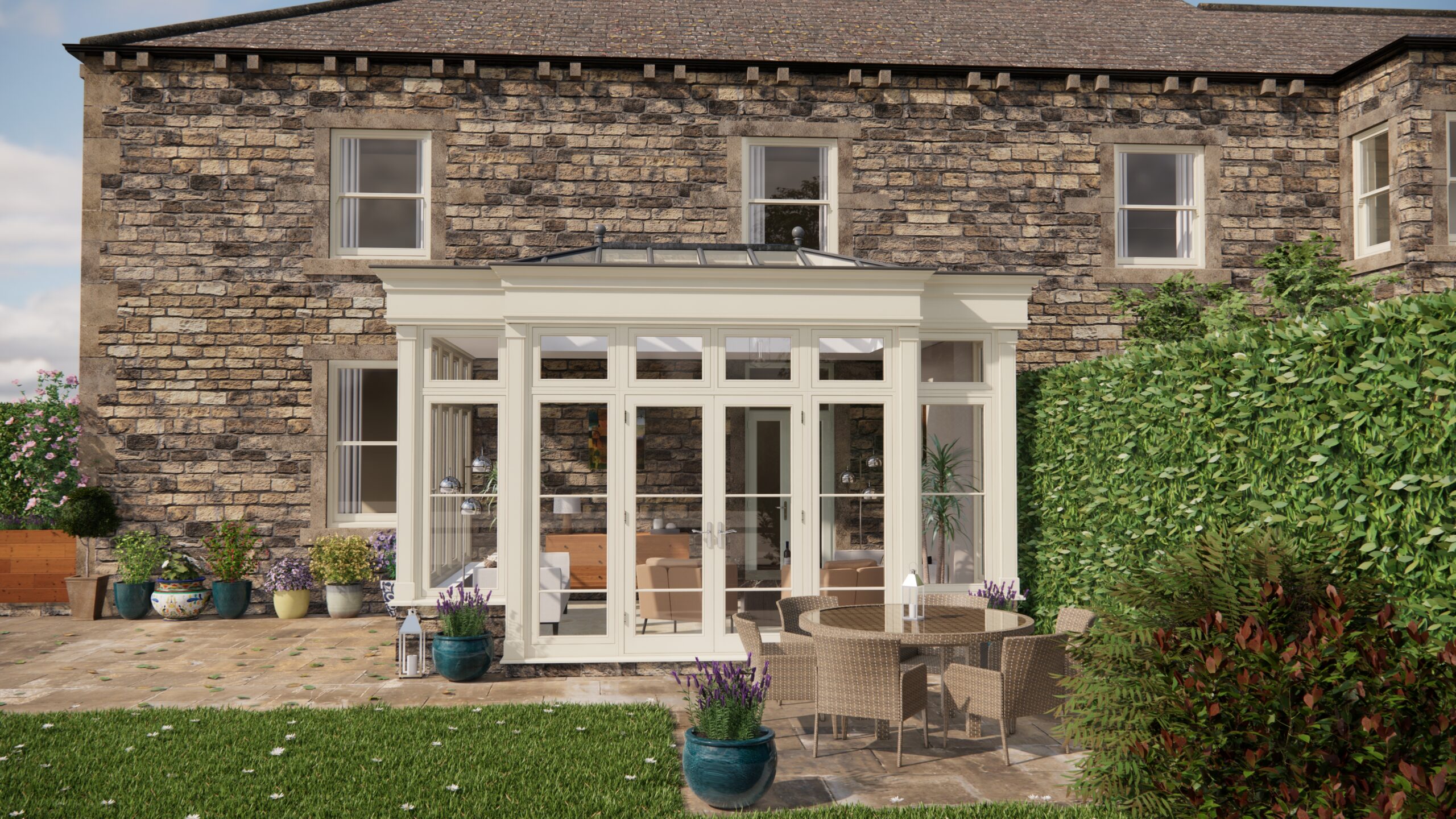Right, let’s be honest, who doesn’t love a good pampering session? Especially when it doesn’t involve emptying your wallet at an expensive spa. As a wellness writer, I’m always on the lookout for accessible ways to boost well-being. Recently, I’ve been diving headfirst (or should I say, face-first?) into the world of DIY face masks. It’s surprisingly therapeutic, incredibly budget-friendly, and, best of all, lets you tailor treatments specifically to your skin’s needs. My aim was to turn my home into a relaxing spa using the tools I already had, and it’s been such an enjoyable journey.
First things first, understanding your skin type is crucial. Are you battling oily skin that shines brighter than the sun? Or are you cursed with dryness that makes your face feel like the Sahara? Perhaps you’re dealing with sensitive skin that reacts to absolutely everything? Identifying your skin type is the first step in creating a mask that truly works.
For my oily skin comrades, I’ve discovered a fantastic clay mask. Green clay (also known as French green clay) is a real game-changer. It soaks up excess oil like nobody’s business. My go to recipe? Mix a tablespoon of green clay with a teaspoon of apple cider vinegar (the unfiltered kind, with the ‘mother’) and enough water to form a smooth paste. Apply it to your face, avoiding the eye area, and let it sit for about 10-15 minutes until it dries. Rinse with warm water and marvel at how fresh and matte your skin feels! For an added boost, a few drops of tea tree oil can help combat acne-causing bacteria. Just remember, less is more with tea tree oil!
If, like me at certain times of the year, you struggle with dry skin, then hydration is your best friend. My favourite mask involves the humble avocado. Yes, the one you spread on your toast! Mash half an avocado with a tablespoon of honey and a teaspoon of olive oil. The avocado provides nourishing fats, honey acts as a humectant (drawing moisture into the skin), and olive oil adds an extra layer of hydration. Leave it on for 20 minutes, then rinse with warm water. Your skin will feel incredibly soft and supple.
And for those with sensitive skin, approach with caution. Redness and irritation are not the goal here. A soothing oatmeal mask is your best bet. Grind a handful of plain oatmeal into a fine powder (a food processor works wonders). Mix a tablespoon of the oatmeal powder with two tablespoons of plain yoghurt and a teaspoon of honey. Apply to your face and leave it on for 15 minutes. The oatmeal calms inflammation, yoghurt provides gentle exfoliation, and honey soothes and hydrates. Always do a patch test on a small area of skin before applying any new mask to your entire face, just to be on the safe side.
Now, application is key. Always start with a clean face. I like to use a gentle cleanser before applying any mask. Using clean fingers or a soft brush, apply the mask evenly to your face, avoiding the delicate eye area. Find a quiet spot in your home, maybe in a room that you’ve already designed for relaxation. If you’re lucky enough to have an orangery, all the better! The natural light and connection to the outdoors can really enhance the experience. I find that putting on some soothing music or listening to a guided meditation helps me unwind while the mask does its magic. Once the time is up, rinse the mask off with lukewarm water, using gentle circular motions. Pat your skin dry with a soft towel, and follow up with your favourite moisturiser.
One of the fantastic aspects of this DIY approach is how easily it fits into a broader wellness routine. Think about combining your mask session with some gentle yoga or stretching. Your home space can be transformed into a sanctuary for both physical and mental well-being. Remember those orangeries I mentioned? Picture yourself doing a sun salutation while your face mask works its magic. The fresh air and natural light can truly elevate your home spa experience.
So, there you have it. My journey into the wonderful world of DIY face masks. Finding the right ingredients for your particular skin type is key, which can then be complemented by a routine of healthy application and relaxation. And with a little creativity, you can transform your home into a budget-friendly spa and boost your well-being, one face mask at a time.


